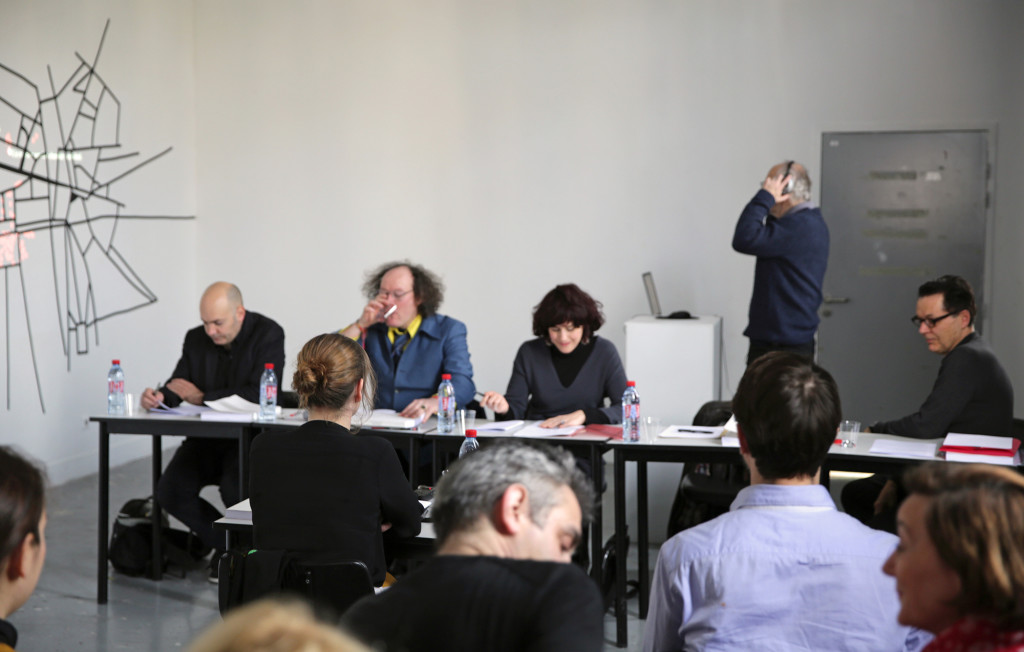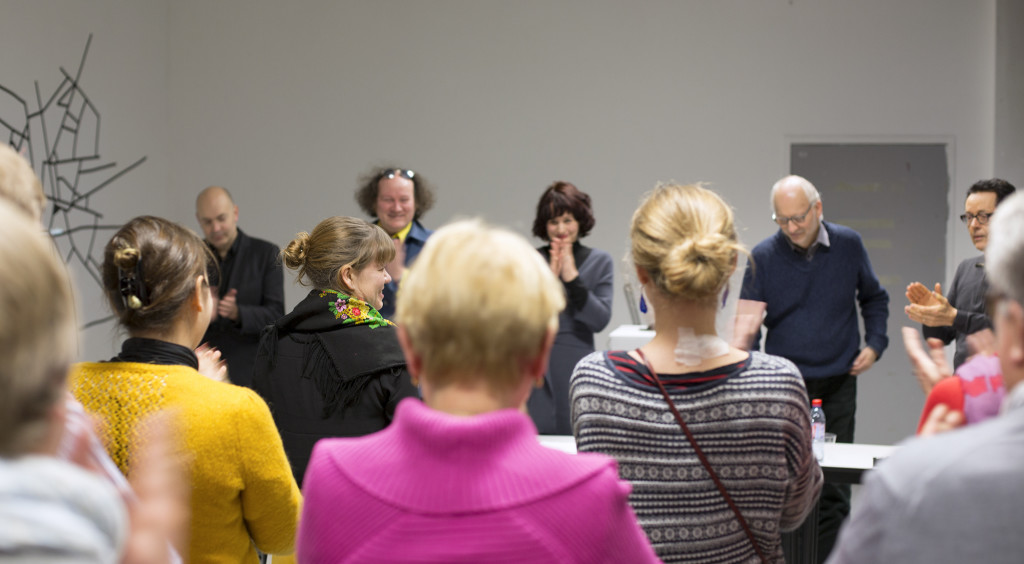11.12.2015
Soutenance de thèse de Aurélie Herbet
“Situated fictions. Practising and experiencing space, between fiction and media dispositives.”
thèse de doctorat en Art et Sciences de l’art, mention Arts Plastiques
sous la direction de Monsieur le Professeur Bernard Guelton
Université Paris I Panthéon-Sorbonne
qui se tiendra le jeudi 17 décembre 2015 à 15 h
au centre Saint Charles, 47 rue des bergers, 75015 Paris, au cinquième étage, salle 530.
Membres du jury :
Monsieur Xavier Boissarie,
Expert en réalité augmentée et jeux pervasifs, collectif Orbe. (Expert)
Monsieur Éric Bonnet,
Professeur des universités, Arts plastiques,
Université Paris 8 Saint-Denis. (Rapporteur)
Monsieur Bernard Guelton,
Professeur des universités, Arts plastiques,
Université Paris 1 Panthéon-Sorbonne. (Directeur de thèse)
Madame Alexandra Saemmer,
Professeure des universités, Sciences de l’Information et de la Communication,
Université Paris 8 Saint-Denis. (Rapporteur)
Monsieur Yann Toma,
Professeur des universités, Arts plastiques,
Université Paris 1 Panthéon-Sorbonne. (Examinateur)
Résumé :
This thesis addresses artistic practice in situated fictions. It aims to explore new fictional forms stemming from tangible and sensitive space as well as the use of media dispositives. How do situated fictions propose new approaches of tangible space while they emerge into fictional fields? In this perspective, several notions will be developed and observed through the tight framework of plastic activity. If the inquiry regarding the dispositive has been widely discussed during these last 10 years, while being limited to the definition of Michel Foucault and Giorgio Agamben, it is worth investigating it again as it applies to the artistic field. Between spatial mobility and fiction discovery, the viewer is invited to unfold imaginaries depending on the media dispositives put into place (visual and sound installations, interactives, digital tablets or smartphones). In order to conduct this research, we begin by establishing a conceptual framework, based on the theories of fiction coming from narration, philosophy and sociology. The second part seeks to understand mutations caused by the intermingling between fiction and media dispositives in the context of modern and contemporary artistic creation in regard to historic practices as much in the field of cinema (with the study of expanded cinema) as in digital literature (through the analysis of hyperfictions). The third part is focused on the experience lived and practiced of space being situated. Thanks to the analysis of different works (whether personal ones or achieved with the crew Hyperfiction.org), displayed into several versions, the aim is to see how this plastic activity implies a process capable of moving forward the plastic concept of situated fiction.
Keywords : Body, Space, Experience, Media dispositive, Fiction, Hyperfiction, Mobile Hypertext, Installation, Intermediality, Editing, Narrative, Reception Theory.

